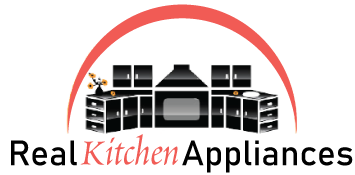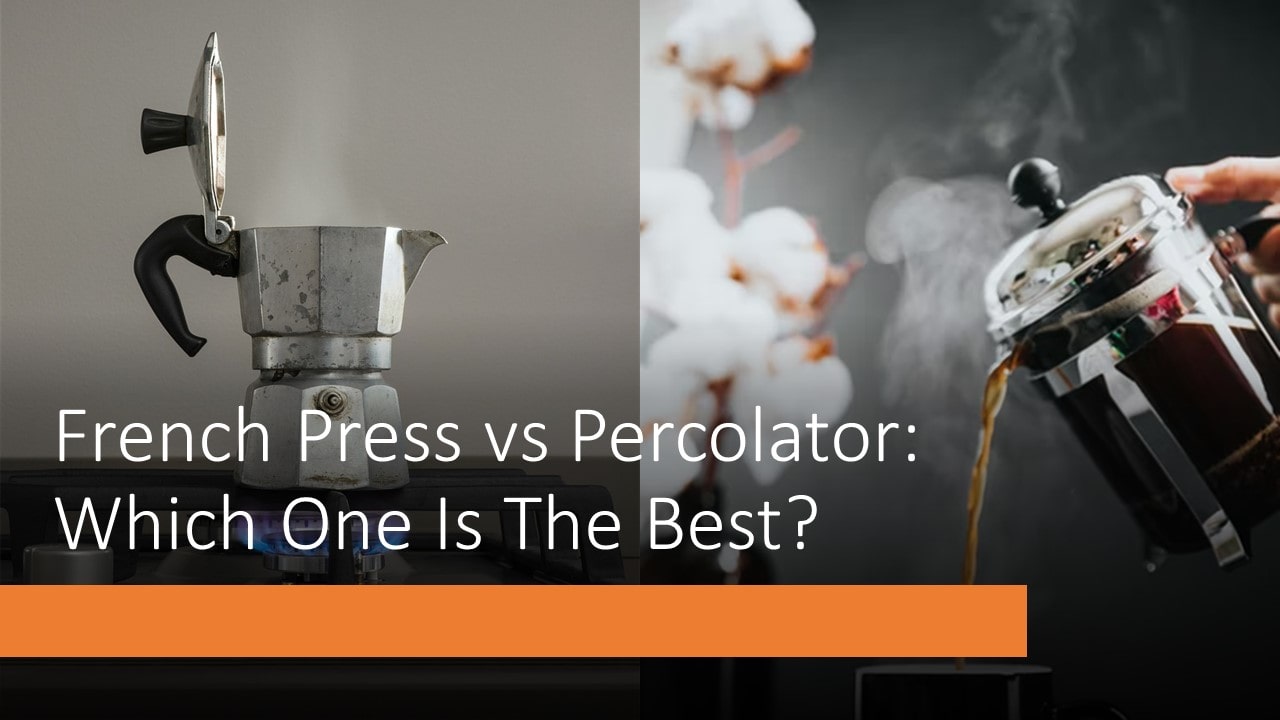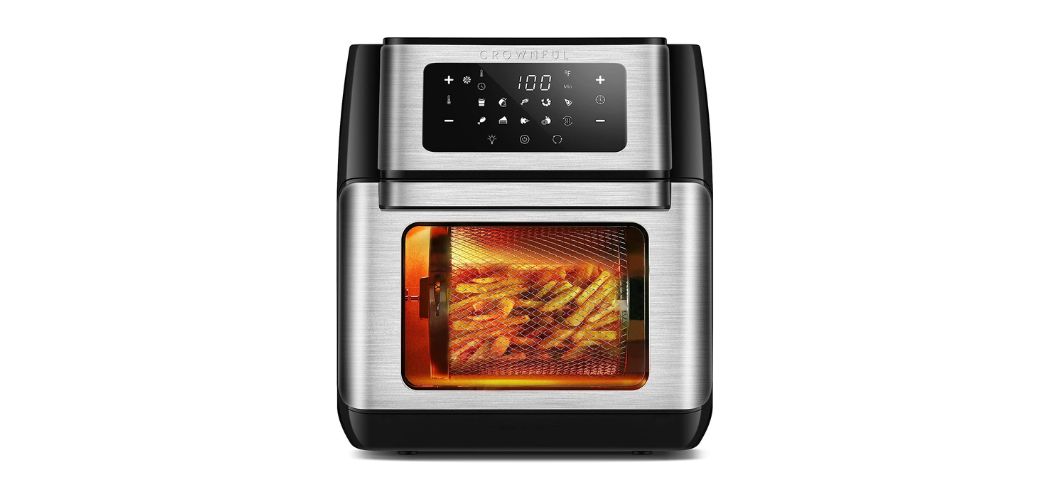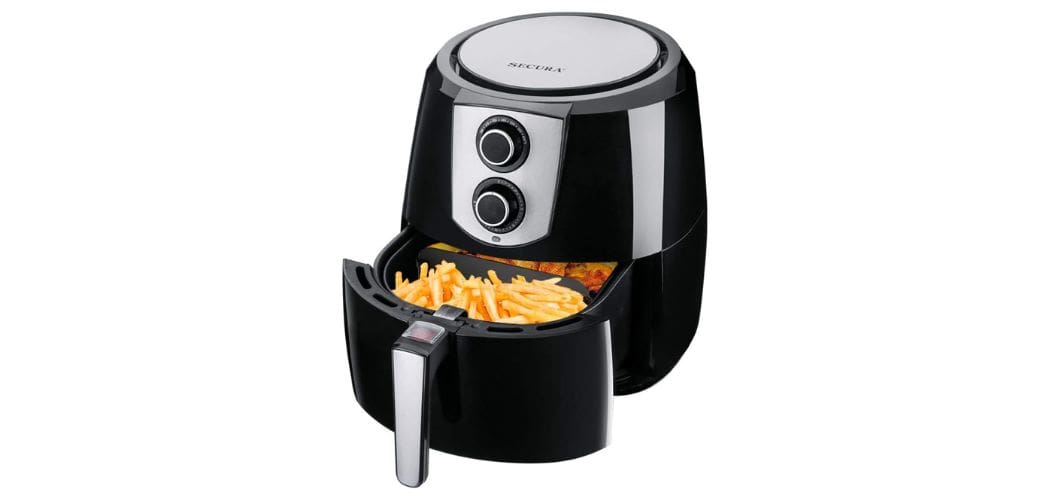Have you lately found the joys of making a delicious cup of coffee? When comparing the French press vs percolators brewing procedures, you may wonder which is better.
Given their numerous similarities, the French press and the percolator have a few significant distinctions, mainly in processing the java and the kind of brew you may anticipate. Many coffee experts have discussed which method of preparing coffee creates the best mixture.
Read on to know about their different aspects of brewing before deciding which one you prefer.
Table of Contents
What Is A French Press?
The immersion method helps brew coffee in the French press. It refers to the steeping of coffee beans in hot water for a particular time.
Take a look at the French press’s authentic design to see how it works.
A conventional French press consists of a glass barrel and a plunger serving as the filter.
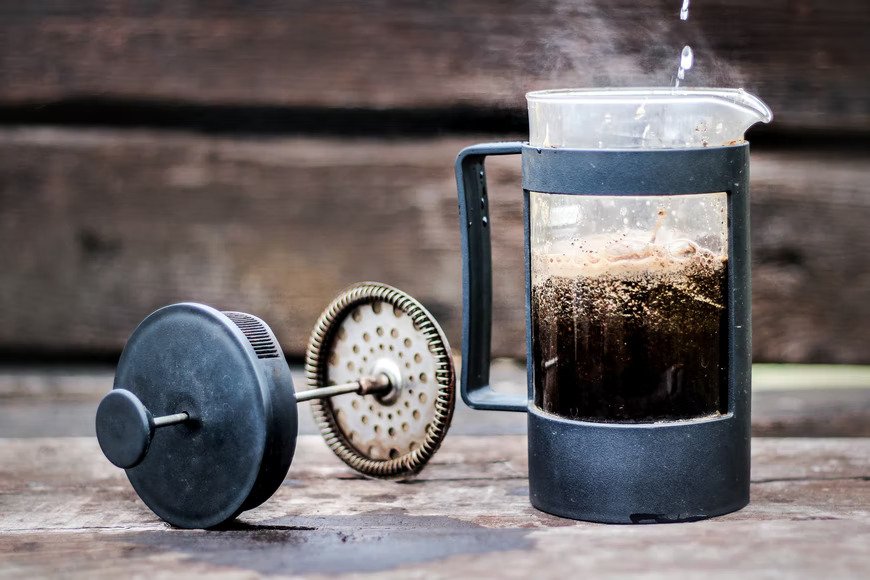
People often use metal mesh to create this filter. Various French press models on the market include a stainless steel cylinder component. It has insulation to keep your coffee hotter for longer.
It dumps hot water over your chosen coffee grinds at the base of the French press. The plunger positioned in the lid, is reinserted into the cylinder but not yet forced down. It is best to give time for the coffee to steep before proceeding.
The coffee grinds need to be soaked in boiling water for around 4 minutes using immersion. It makes it possible to extract the tastes. Depress the plunger once the timer has expired. The coffee has finished brewing and is set to put into your glass or mug.
The mesh on the filter will prevent dirt from getting into your French press espresso. Of course, the amount of coffee you use in the French press and the amount of time you steep it to determine the taste and intensity.
What Is A Percolator?
Some coffee lovers believe the percolator to be an outdated method of brewing coffee.
It’s existed for a long time, dating back to the nineteenth century.
However, if you prefer your coffee to be robust and powerful, it produces a fantastic brew.
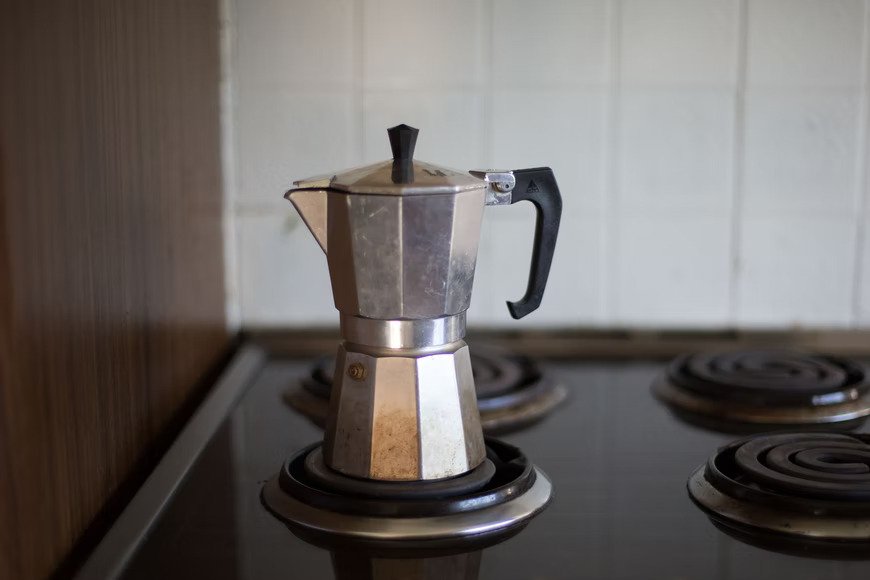
When automated coffee makers hit the market, the percolator lost part of its lustre since it demanded less human skill. The percolator contains many components: the pot, a narrow vertical tube, a rack serving as a filter, and the cover.
You may use them with electricity or on a cooktop, ideal for making cowboy coffee over an open fire. Fill the pot with water but ensure you don’t fill the straight pipe to the top. Scoot the coffee grinds into the basket, and fasten the cover securely.
Based on the heating technique, you can either place it on the cooktop or turn it on. Steam forms when the water in the saucepan warms up. The steam pressure forces water directly through the pipe system and into the coffee grinds basket.
As the coffee seeps back down into the pot, this generates a “percolation” effect. This cycle will continue until the brewing is completed.
The time of percolation is crucial. If you let the cycle run too long, you’ll end up with a strong, bitter cup of coffee. Once you’ve mastered it, the percolator may be a simple way to make coffee just as you want it.
How Does A French Press Differ From A Percolator:
Taste:
If you want robust and traditional coffee, the French press is well worth trying. The French press infusion process brings forth diverse coffee with cocoa or nutty character.
Compared to percolators, this process creates more exquisite and refined coffee, although it’s not as good at demonstrating light or aromatic roasts.
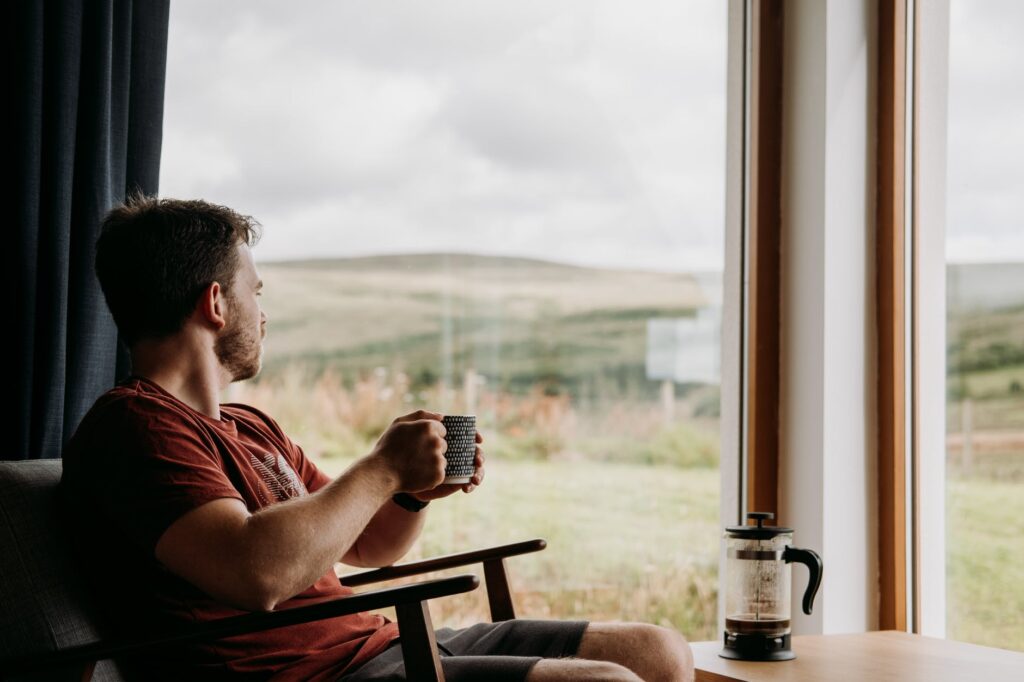
French press coffees are richer and more delicious than ordinary coffee because the oils and grains from the coffee are still retained in the brew. Without tasting weak or diluted, French press coffees combine nicely with milk, crème, syrup, or butter.
With a coffee percolator, you may expect to produce powerful, strong, rustic coffees. You’d be hard-pressed to discover a technique that yields a stronger taste than this one, which necessitates steeping and steeping several times.
However, unlike French presses, the coffee’s subtleties don’t appear to come through as clearly — instead, you get a really robust, full-bodied cup of coffee. Most coffee consumers prefer presses over percolators because they produce better, more flavorful coffee.
Ease Of Use:
In terms of convenience, the French press beats percolators, particularly for those who aren’t adept at paying regard to specifics and short, simple activities. The setup of a French press is simple and effective.
A percolator requires knowledge as well as fast thinking. It’s crucial to keep a close check on them. Due to heat and steam generation, there is always the risk of leakage. If this happens, it might lead to a significant accident.
Many people have issues with the screwing operation of percolators. And if you don’t get it right, the brew suffers.
While neither brewing method is complex, the French press has a far shorter degree of difficulty. It also doesn’t need you to watch the entire operation when making the coffee.
Brewing Techniques:
Both the coffee makers need much more time to prepare than the overall brewing time. If the coffee beans are already crushed, you’ll spare even more time.
Bring the water to a boil for the French press. It will take a minute if you use an instant pot. The coffee takes around 3-5 minutes to brew before it’s ready for consumption. Unless you’re trying to make a large quantity of coffee, it’s a fast and straightforward process.
Depending on various factors, such as whether you employ a burner or electric percolator, making coffee may take 5 to 10 minutes. The astonishing thing is that you can prepare a large amount of coffee in a little time (about 100-cup percolators), making it perfect for gatherings or huge families.
The French press takes significantly less time to make single-serve cups of coffee than percolators. But percolators benefit when making large quantities.
Brewing Speed:
The time taken from a bean to a cup of coffee varies whether you use a burner or an electrical percolator. Advanced electric percolators are far quicker, with some boasting a 5-minute brewing time.
It also hinges on how much java you need since brewing 20 shots in a percolator takes significantly longer than producing one cup on the stove. The time to make coffee with a percolator is 2-10 minutes, whereas it takes 3-5 minutes to make coffee in a French press.
The French press takes longer since you must heat the water separately. It doesn’t take long to heat, but it makes a difference in closing the gap. Furthermore, the percolator typically has a shorter operating duration.
You’ll most likely enjoy your coffee in 7-10 minutes. In case you use the percolator with the same quantity as a French press, you probably won’t notice much time difference.
The French press will come out on top in terms of speed. The difference isn’t considerable if you use an electric percolator, but the stove technique takes too long.
Portability:
The burner percolator is a brewing method dating back to the late 1800s. It is not dependent on electricity.
These brewers were designed to work with any accessible heating element and are durable enough to last for years.
A percolator made of aluminium will not survive as long as one composed of steel, but it will be easier to transport.
You should avoid any brewer constructed of ceramic or glass due to the apparent danger of breakage.
The usual French press isn’t exceptionally huge or heavy, but it’s not ideal for brewing coffee on the move. The primary problem is that you’ll need a teapot or some other method of heating water.
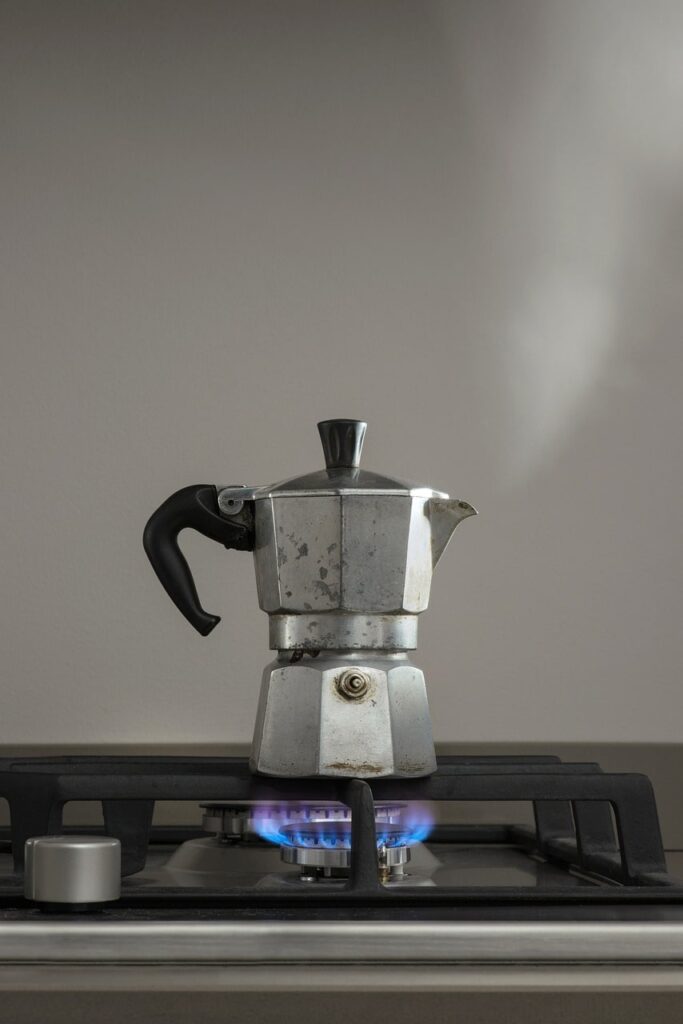
While some are incredibly durable, most French presses include a glass brewing container, which isn’t ideal for stowing in your bag. Percolators are better when you want to go camping. The notion that you can place this coffee maker right over a campfire makes it an obvious choice.
Cleaning:
Both processes are pretty convenient compared to alternative techniques. However, they differ somewhat in terms of cleanliness and mobility. Cleaning a French press is simple and requires simply disassembling the mesh from the piston and rinsing each component with soapy water.
These gadgets are very portable and need no upkeep other than routine cleaning. Many are constructed of glass, so be cautious not to shatter them, but they’re perfect for making small amounts of coffee when camping or on a trip.
A percolator is also extremely simple to clean, and you must clean it regularly for maintenance. You must also clean the tiny tube that the steam runs up to hit the coffee grinds.
Cleaning this difficult-to-reach location may be challenging, and you may need to invest in a recyclable pipe cleaner or glass scrubber.
Percolators are just as portable as espresso machines, but they’re not as tiny or practical for holidays or travel when you prepare smaller batches of coffee.
Quick Comparison Guide:
| Aspects | French Press | Percolator |
| Taste | Produces a milder and bold cup of coffee than the percolator | Provides a rich morning coffee with a beautiful aroma |
| Ease Of Use | The setup of a French press is simple and effective | Percolators are easy to use but require constant attention |
| Brewing Techniques | Suitable for small families and can only make 2-4 cups of coffee | Suitable for a large party or gathering, making a huge quantity of coffee in a short time |
| Speed | Takes less time to make coffee | Takes more time to produce a hot coffee cup |
| Portability | The French press isn’t exceptionally huge or heavy, but it’s not ideal for brewing coffee on the move. | You can take percolators to camping because it is durable |
| Cleaning | Fairly simple to clean and maintain | Some small and narrow parts may create a problem with cleaning |
FAQs
Can A Percolator Produce Weak Coffee?
For a variety of reasons, your percolator may be producing poor coffee. The first is that the water does not become hot enough to cycle through the grounds multiple times.
Another possibility is that you’re using the wrong parameter or too much coffee, which will hinder the water from effectively circulating.
How To Identify The Best French Press Coffee Beans?
Moderate to brown roast beans with a coarse groundwork best in a French press. French roast coffee is not intended expressly for this brewer despite its name, although it works nicely.
Is It Possible To Make Tea With A Percolator?
You can prepare tea with a percolator, but there is no guarantee that it will taste well. Place your sachets or bulk tea in the coffee basket and fill it with water. Your tea will be ready once you complete the perking procedure as usual.
The Final Verdict:
Neither of these coffee-making techniques is better than the other. Which one best suits your coffee needs is a question of personal preference!
If portability and convenience are essential, consider purchasing a French press. Furthermore, if you want a coffee with a distinct taste profile to talk about, the press is the way to go. But if you need to prepare a lot of coffee at once, go for the percolator.
To put it plainly, if you want the taste, go for the French press. But if you wish to make large batches of drinkable coffee, you’ll do good with percolators.
